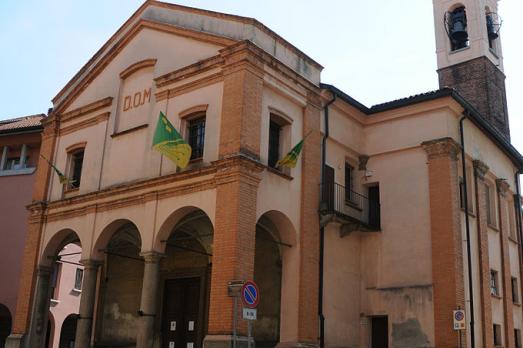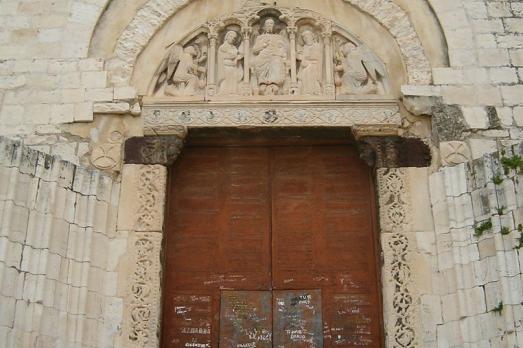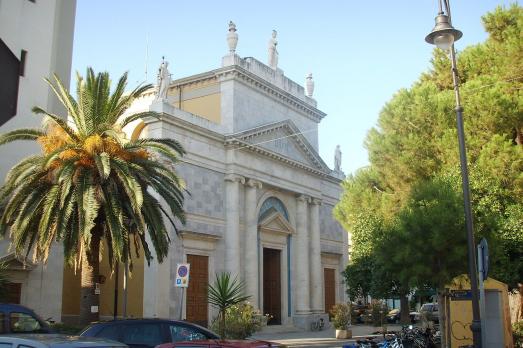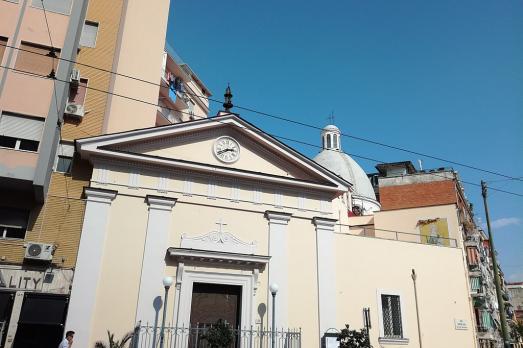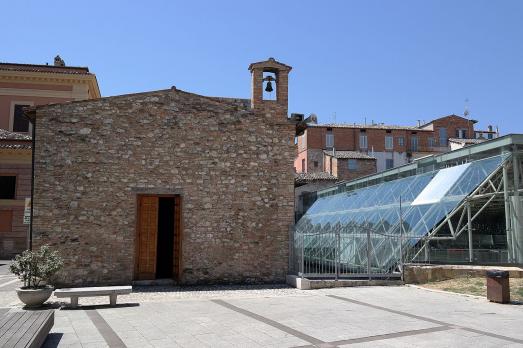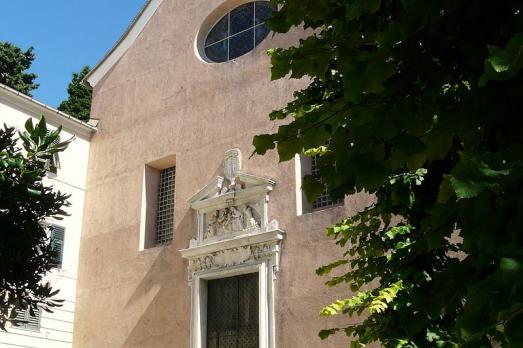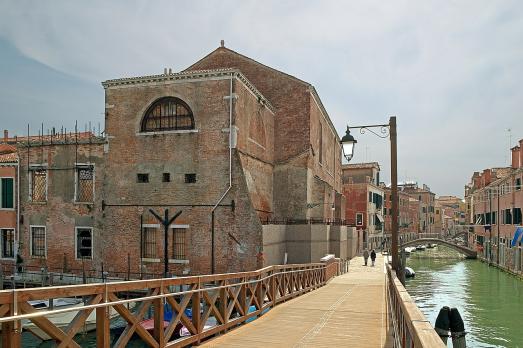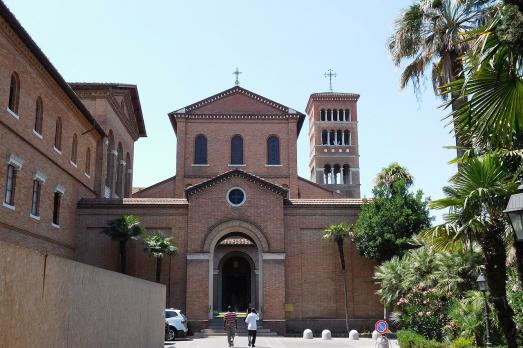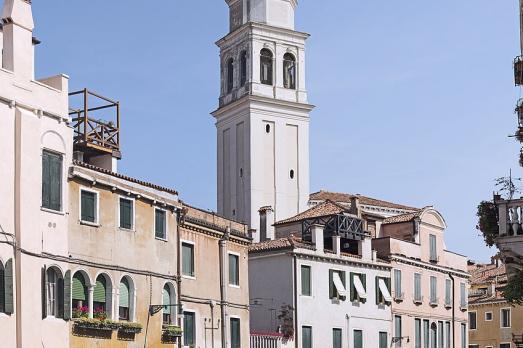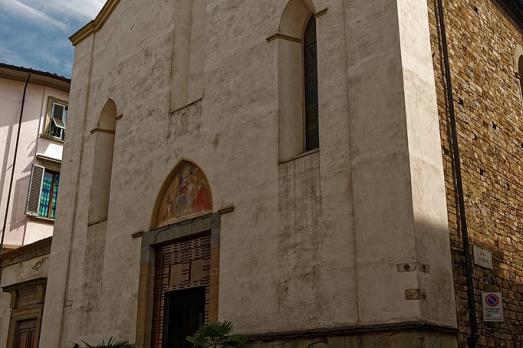
Chiesa di Sant'Ambrogio
Firenze, IT
The church of St. Ambrose was built on the site of Florence where St. Ambrose is said to have stayed in 393. The church is first documented in 998, but it is probably older. The present church was rebuilt by Giovanni Battista Foggini in the 17th century. The church contains numerous frescoes, altarpieces and other works of art attributed to Andrea Orcagna, Agnolo Gaddi, Niccolò di Pietro Gerini, Lorenzo di Bicci, Masaccio, Fra Filippo Lippi, Sandro Botticelli, Alesso Baldovinetti and Fra Bartolomeo.
